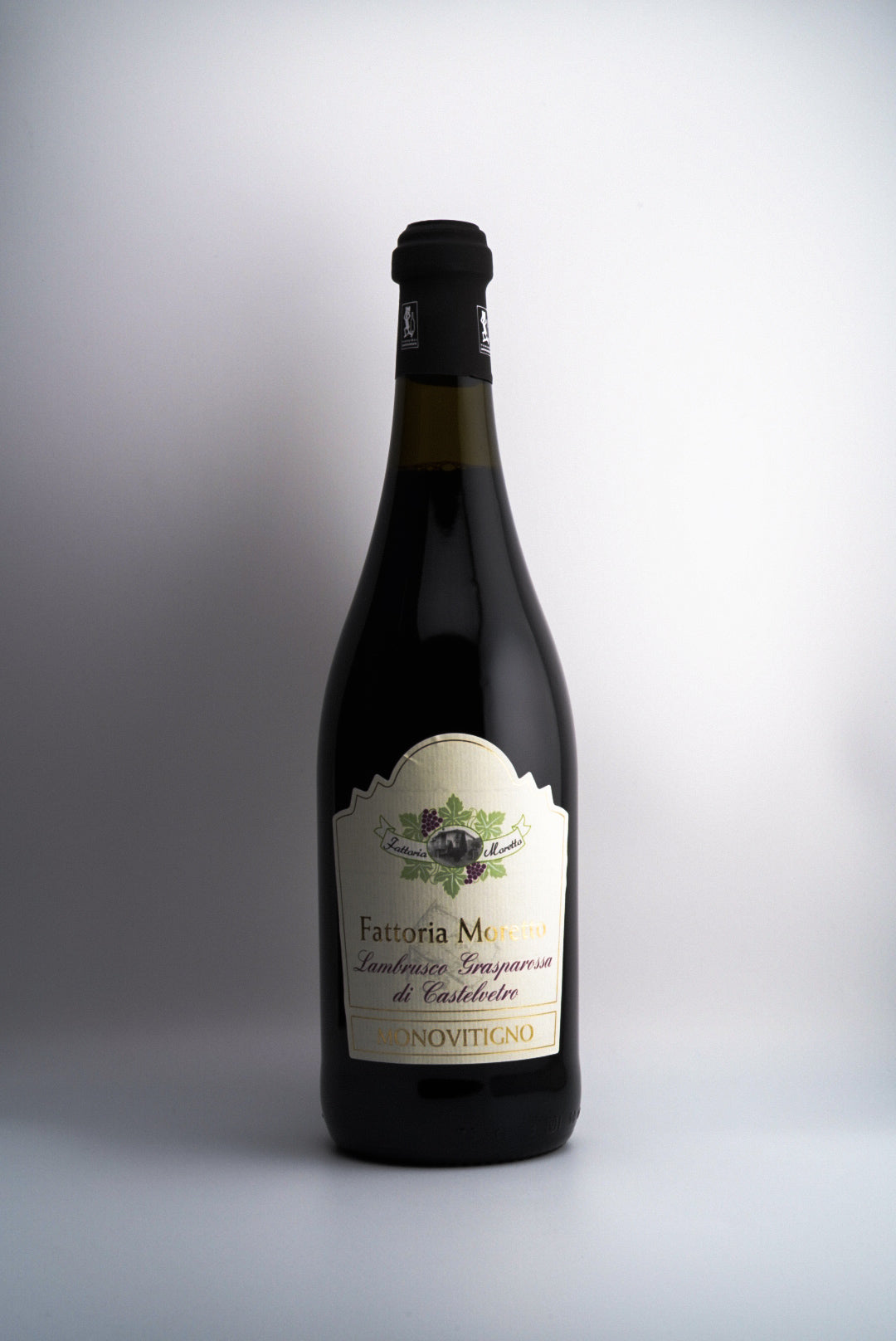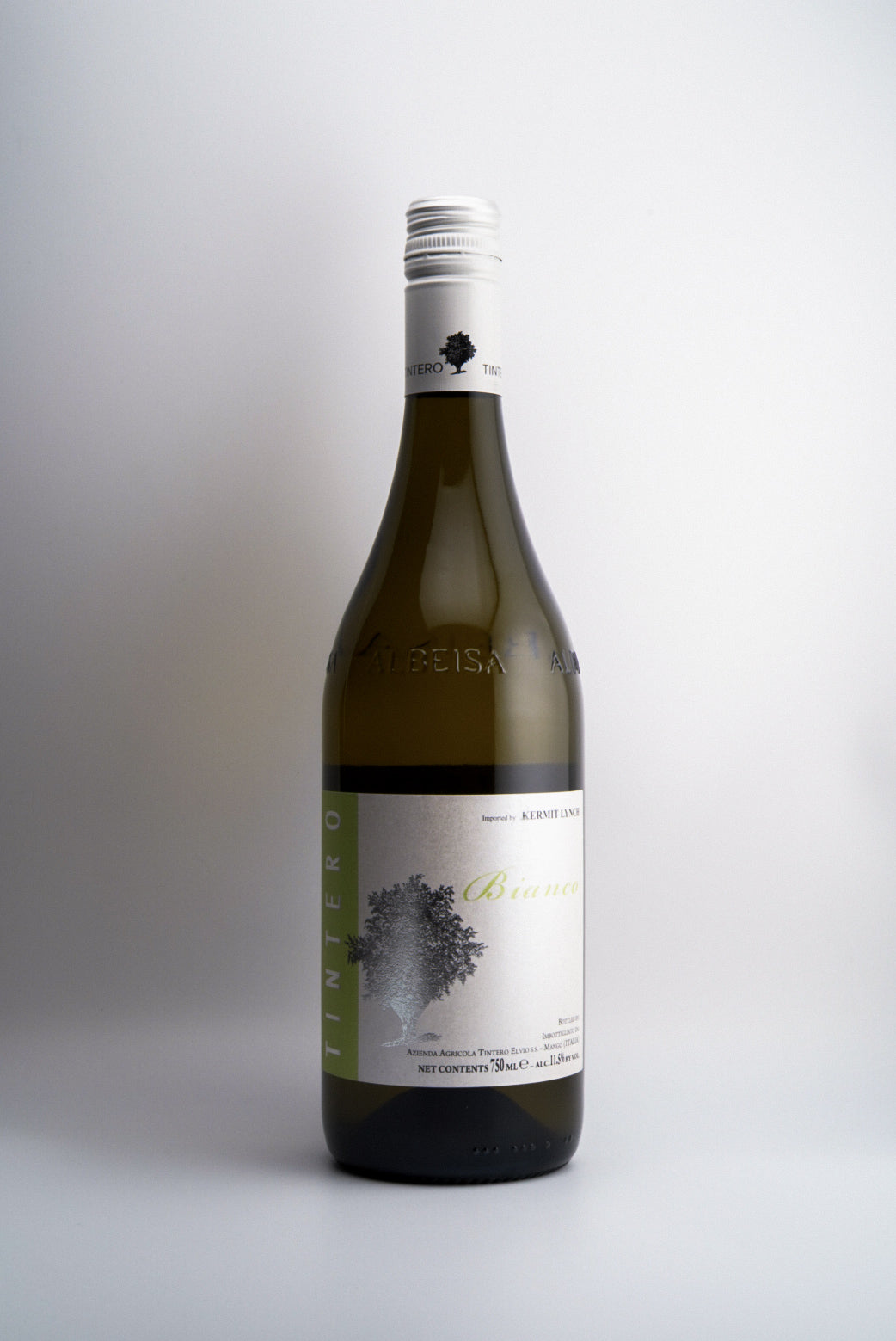Vine Training Methods
When it comes to growing wine grapes, the method of training the vines plays a crucial role in determining the quality and yield of the grapes. Different regions around the world have developed their own unique training methods based on factors such as climate, soil conditions, and grape variety. In this article, we will explore the 10 most popular wine grape vine training methods from around the world and the reasons behind their popularity.
1. Vertical Shoot Positioning (VSP)
VSP is a widely used training method that involves training the grapevines to grow vertically, with the shoots positioned in a narrow curtain. This method allows for better sunlight exposure, air circulation, and ease of vineyard management.
2. Scott Henry
The Scott Henry training system, developed in Oregon, USA, is known for its double canopy arrangement. It involves training one set of shoots in a vertical position and another set in a horizontal position. This method maximizes sunlight exposure and promotes even ripening of the grapes.
3. Geneva Double Curtain (GDC)
GDC is a popular training method in cool climate regions. It involves training the grapevines to grow in a divided canopy, with shoots positioned on both sides of a catch wire. This method provides good sunlight exposure and allows for better disease control.
4. Guyot
The Guyot system, commonly used in France and Italy, involves training the grapevines to have a single trunk and one or two fruiting canes. This method allows for good airflow and easy access for pruning and harvesting.
5. Cordon de Royat
Cordon de Royat is a training method that originated in the Bordeaux region of France. It involves training the grapevines to have two horizontal arms, with spurs or canes growing from each arm. This method allows for high grape yields and easy vineyard management.
6. Smart-Dyson
The Smart-Dyson training system, developed in New Zealand, is designed to maximize sunlight exposure and promote even ripening. It involves training the grapevines to have a vertical trunk with a fan-shaped canopy.
7. Espalier
Originating from Europe, the espalier training method involves training the grapevines to grow along a flat surface, such as a wall or trellis. This method is often used in small gardens or urban settings where space is limited.
8. Pergola
The pergola training system is commonly seen in Mediterranean regions. It involves training the grapevines to grow on an overhead trellis, creating a shaded area underneath. This method provides protection from the sun and allows for good airflow.
9. Head-trained
Head-trained vines are typically found in old vine vineyards. This method involves allowing the grapevines to grow without any support or trellis system. The vines are pruned to have a short trunk with multiple arms. This method gives the vineyard a rustic and traditional look.
10. Lyre
The Lyre training system, developed in Australia, involves training the grapevines to have two sets of horizontal canopies, resembling the shape of a lyre. This method allows for good sunlight exposure, easy vineyard management, and high grape yields.
Each of these training methods has its own advantages and is suited to different grape varieties and growing conditions. By understanding these popular training methods, wine grape growers can make informed decisions to optimize their vineyard management and ultimately produce high-quality grapes for winemaking.
Wine 101

Wine Region Guides Jerez-Xérès-Sherry Guide: Everything You Need to Know Jerez-Xérès-Sherry is one of the most misunderstood wine regions on earth and also one of the most thrilling. Sherry can be bone-d...
Read more →Latest articles

Wine Education · Regional Guide Is the Rhône Valley the World’s Most Versatile Wine Region? From granite-terraced Northern Rhône Syrah to sun-soaked Southern Rhône Grenache, the Rhône Valley does reds, whi...

What if a night at your favorite wine bar did more than pour great Cabernet? A recent UK evaluation of pubs quantified big community benefits—less loneliness, better access to services, more resilient neighb...

Wine Education · Opinion Don’t Fear Non-Vintage: The Case for Blending Across Seasons We expect wine to behave like a time capsule. One year, frozen in glass. But a single season can be cruel or kind, and ...

What's Below: BBQ & Grilling Perfect Red Wines Meat & Wine Matches Veggie Grill Wines Pool Party Essentials Crisp White Wines Rosé All Day Sparkling Options Party Planning Ho...

What's Below: European Gems Slovenia's Hidden Tuscany Austria's White Wine Wonderland Spain's High-Altitude Surprise New World Discoveries Mexico's Wine Revolution Brazil's Italian Influ...

We've paired every single Trader Joe's cheese with the perfect wine. Your next cheese board is about to get very, very good. The Ultimate Trader Joe's Cheese & Wine Pairing Guide Look, Trader Joe...

"Liberté, égalité, fraternité" The key to great Bastille Day wine pairing is choosing authentic French wines that complement traditional French foods without overpowering them. Rich cheeses, herb-crus...

What wine should you have on 4th of July? These (All American) ones!

"Wine was never trying to be cool. And thank goodness for that." Every few months, another think piece declares wine dead. "Gen Z has killed wine." "Hard seltzers are the new wine." "Why wine isn't cool...

What's Below: The Foundation Introduction The Absolute Reality Real Shopping Experience Digital & Psychological The iPhone Test Psychology of Enhancement Addressing the Purists ...

Image source: Valentina Vineyards. San Diego's top source of organically farmed wine grapes. San Diego County boasts over 172 active wineries and vineyards across diverse microclimates, from coastal va...

Italy boasts a rich tapestry of wine regions, each with its unique terroir, indigenous grape varieties, and winemaking traditions. Join us on a journey through all 20 Italian administrative regions, from int...

The journey of wine grapes from vineyard to bottle is a fascinating process guided by both science and tradition. Let's explore how vignerons determine the perfect moment to pick their grapes for optima...

Easter Wine Pairings That Won't Disappoint Easter is hopping our way, and whether you're hosting an elegant brunch or a family feast, the right wine can transform your gathering from merely memorabl...

















